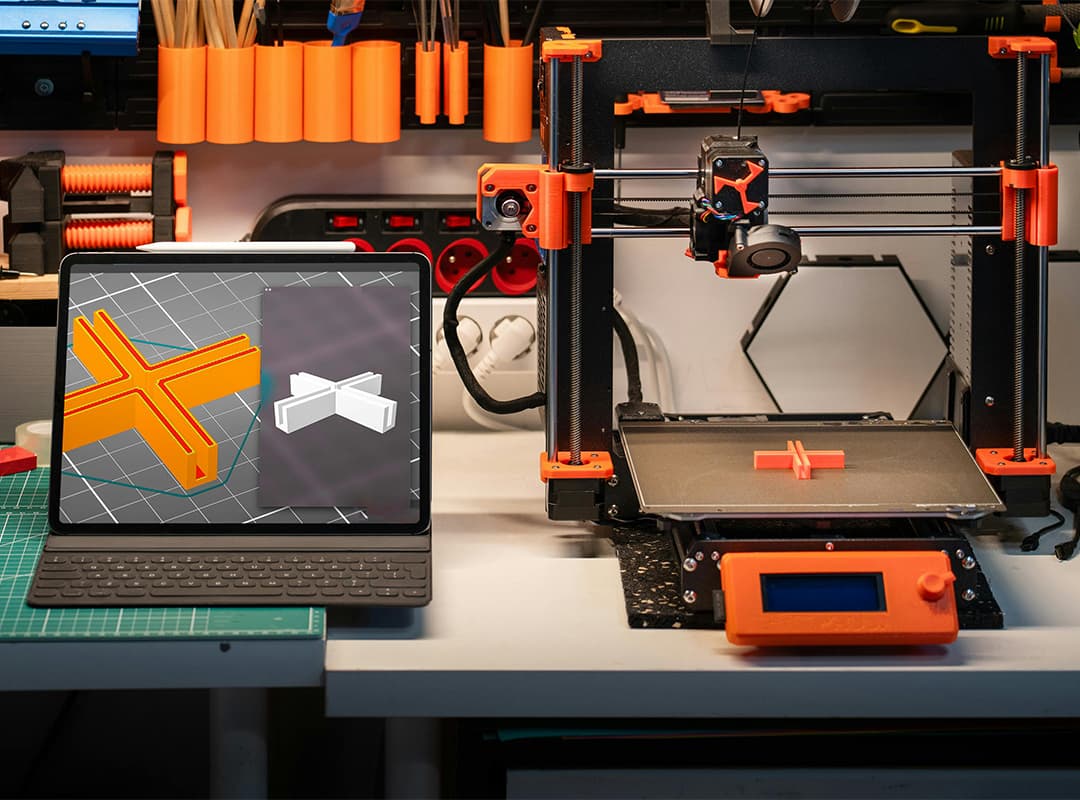Python has gained immense popularity as a powerful tool for building models in various fields, including data science, machine learning, finance, engineering, and scientific research. Its versatility, ease of use, and the availability of a wide range of libraries make it an ideal choice for both beginners and experienced practitioners. In this article, we will explore how Python can be used effectively for modeling and the advantages it brings to the table, while also highlighting opportunities for further learning and engagement, such as attending the Electronic Convention 2015.
Why Choose Python for Modeling?
- User-Friendly Syntax: One of Python’s greatest strengths is its simple and readable syntax, which allows newcomers to learn quickly and focus on building models rather than getting bogged down by complex programming concepts. This accessibility encourages experimentation and creativity in modeling.
- Extensive Libraries: Python boasts a rich ecosystem of libraries and frameworks specifically designed for modeling and data analysis. Some of the most popular libraries include:
- NumPy: Essential for numerical computations and working with arrays.
- Pandas: Provides data structures and functions needed to manipulate and analyze structured data efficiently.
- SciPy: Offers tools for scientific computing, including optimization, integration, and statistical functions.
- Matplotlib and Seaborn: Widely used for creating static, animated, and interactive visualizations.
- Scikit-learn: A powerful library for implementing machine learning algorithms, ranging from regression to classification and clustering.
- Community Support: Python has a vast and active community of users and developers who contribute to its continuous improvement. This vibrant ecosystem means that users can easily find tutorials, forums, and documentation, making it easier to solve problems and learn new techniques.
Applications of Python in Modeling
Python is used across various domains for different types of modeling. Here are some common applications:
- Statistical Modeling: Python enables users to build statistical models to analyze data and make predictions. With libraries like Statsmodels, users can perform regression analysis, time series forecasting, and hypothesis testing to derive insights from data.
- Machine Learning Models: Python is a leading language in the field of machine learning. Using Scikit-learn, TensorFlow, and Keras, practitioners can create and train models for tasks such as image recognition, natural language processing, and recommendation systems. These tools provide an accessible interface for implementing complex algorithms and training models on large datasets.
- Simulation Modeling: Python is also widely used for discrete-event simulations and agent-based modeling. Libraries like SimPy allow users to simulate complex systems and understand their behavior over time, making it an invaluable tool for industries such as logistics, manufacturing, and healthcare.
- Financial Modeling: In finance, Python is employed for risk analysis, portfolio optimization, and algorithmic trading. Its powerful libraries can handle large datasets and perform complex calculations, enabling finance professionals to develop robust models for investment decision-making.
Best Practices for Building Models in Python
To develop accurate and reliable models using Python, consider the following best practices:
- Define Clear Objectives: Before starting, it’s crucial to define what you want to achieve with your model. This clarity will guide your entire modeling process.
- Data Quality Matters: Ensure that the data you are using is accurate, complete, and relevant. Data quality significantly impacts model performance, so take the time to clean and preprocess your data appropriately.
- Iterative Development: Modeling is often an iterative process. Start with a basic model, test it, and refine it based on the results. This approach helps identify weaknesses and improve the model incrementally.
- Documentation: Keep thorough documentation of your modeling process, including assumptions made, methodologies used, and results obtained. This practice enhances transparency and facilitates collaboration with others.
- Validation and Testing: Validate your model using different techniques, such as cross-validation and sensitivity analysis. Ensure that your model is generalizable and performs well on unseen data.
Learning and Networking Opportunities
As you dive deeper into using Python for modeling, consider attending workshops, webinars, and conferences to enhance your knowledge and connect with others in the field. Events like the Electronic Convention 2015 offer valuable opportunities to learn about the latest advancements in technology and modeling practices. Networking with industry professionals can lead to collaborations, mentorship, and insights into best practices.
Python is a versatile and powerful tool for building models across various domains. Its user-friendly syntax, extensive libraries, and active community support make it an ideal choice for both beginners and experienced practitioners. By leveraging Python’s capabilities and adhering to best practices, you can develop accurate and reliable models that provide valuable insights and drive informed decision-making.
As you embark on your modeling journey with Python, remember that continuous learning and engagement with the community are essential for growth. Embrace opportunities to expand your skills, attend conferences, and collaborate with others, and you’ll find yourself on a path to success in the exciting world of modeling.



